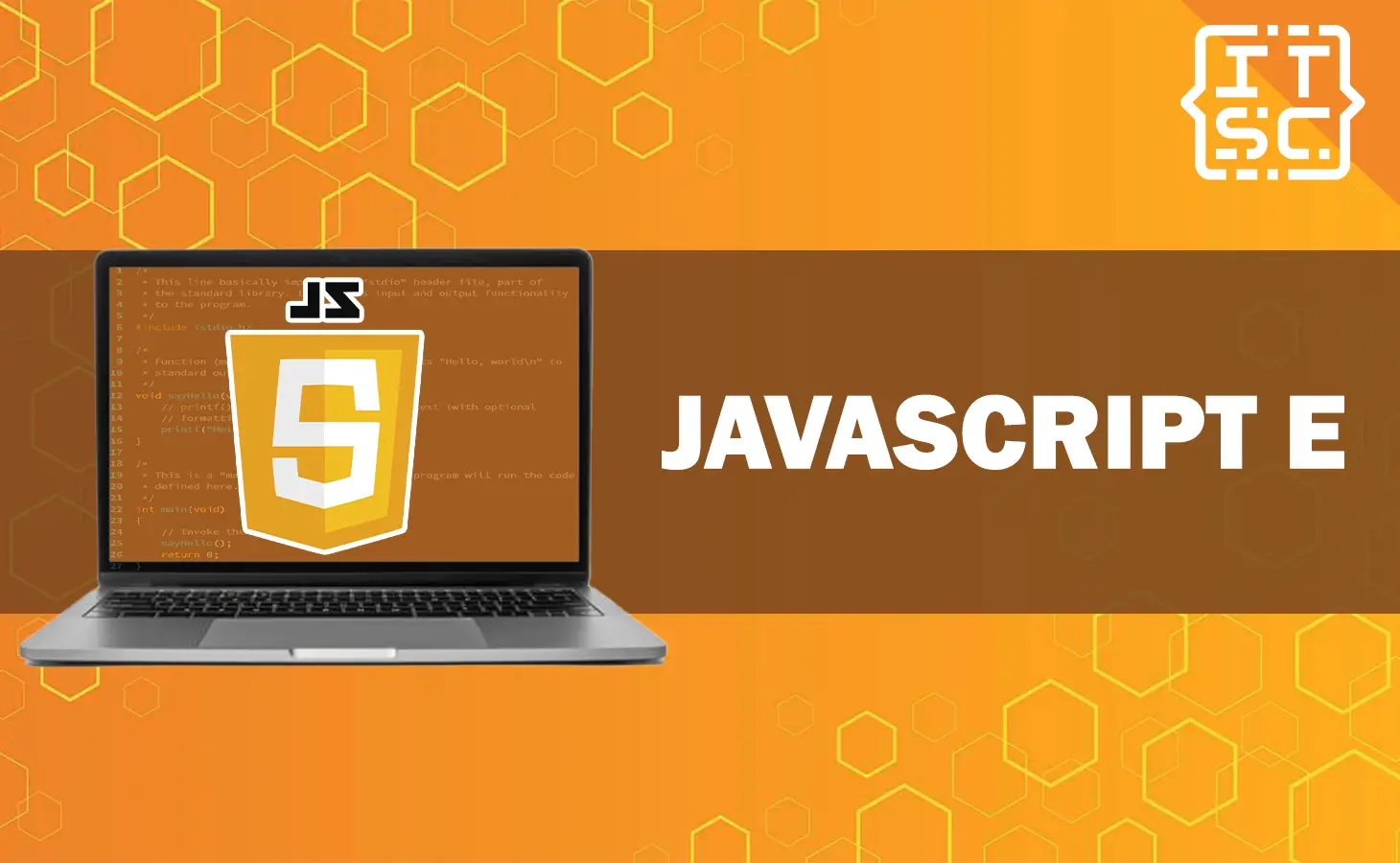In this article, we’ll dive deep into the realm of ‘e’ in JavaScript, exploring how it represents events and unlocks a world of possibilities for interactive web development.
Whether you’re a seasoned developer or just starting your coding journey, join us on this journey to demystify ‘e’ and see how it can supercharge your JavaScript skills.
What is e in JavaScript?
In JavaScript, the variable “e” is often used as a common abbreviation for “event.” It is typically used as a parameter or variable name in event handler functions to represent an event object.
An event object contains information about an event that has occurred in the web browser, such as a mouse click, a keyboard press, or a user interaction.
Event objects are passed as arguments to event handler functions, allowing you to access information about the event, such as its type, target element, and any additional data associated with it.
Syntax
For example, when you define an event handler function in JavaScript, you might write it like this:
function myEventHandler(e) {
// Function code here
}In this case, “e” is just a parameter name, and it represents the event object that gets passed to the function when an event occurs.
How to use JavaScript e
Here’s a simple example of how “e” might be used in a JavaScript event handler function:
<!DOCTYPE html>
<html>
<head>
<title>Button Click Example</title>
</head>
<body>
<button id="myButton">Click Me</button>
<script>
// Add a click event listener to the button element
document.getElementById("myButton").addEventListener("click", function(e) {
// "e" represents the event object
console.log("Button clicked!");
console.log("Event type: " + e.type);
console.log("Target element: " + e.target);
// You can add more code here to respond to the click event
// For example, you can perform additional actions or calculations.
});
</script>
</body>
</html>
Output:

In this example, when the button with the ID “myButton” is clicked, the event handler function is called with the event object represented by “e.” You can then use “e” to access information about the click event.
What is the difference between function and function E?
In JavaScript, “function” and “function e” are not inherently different in terms of syntax or language features.
Both are function declarations, and they define a function in JavaScript. The key difference lies in the naming conventions and the purpose they serve:
Function without e
When you define a function without “e” (e.g., function myFunction()), you are creating a general purpose function.
This type of function can be used for various tasks or calculations and may not be specifically handling events.
Example:
function myFunction() {
// Function code here
}Function with “e”
When you define a function with “e” as a parameter (e.g., function myEvenhandlier(e)), you are typically creating a function that is intended to handle events.
The “e” parameter conventionally represents an event object that is passed to the function when an event occurs.
Event handler functions are used to respond to specific events, such as clicks or keypresses.
Example:
function myEventHandler(e) {
// Event handler code here
}The choice of whether to use “e” as a parameter in your function is a matter of convention and readability. When you’re working with event handling, it’s common to use “e” or a similar descriptive name (like “event”) to make it clear that the function is intended to handle events. However, there’s no technical requirement to use “e” specifically; you can choose any valid variable name as a parameter for your function.
I think we already covered everything we need to know about this article trying to convey.
Nevertheless, you can also check these articles to enhance your JavaScript manipulation skills.
- How to Find and Replace Object in an Array JavaScript?
- How to Remove Duplicates from Array in JavaScript? 5 Ways
- What is JavaScript getComputedStyle? | Example Program To Use
Conclusion
In summary, “e” in JavaScript is a conventional variable name used to represent event objects in event handler functions, allowing developers to access event-specific information and respond to user interactions in web applications.

